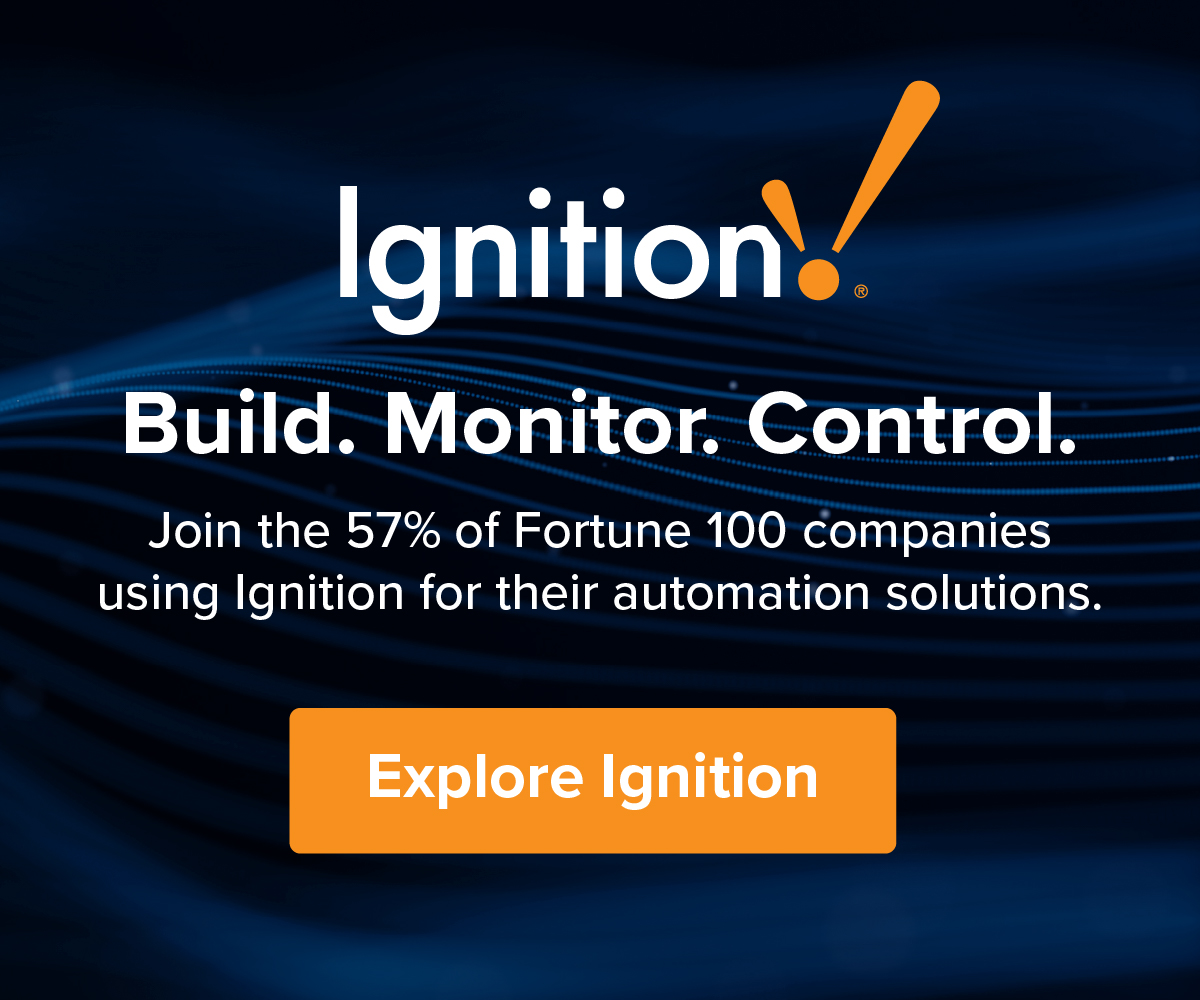by Gary Mintchell | Apr 28, 2023 | Automation, Data Management, Edge, Internet of Things, Software, Technology
Moving past Mindsphere (now integrated into this platform), Siemens has integrated a new platform for industrial automation and business. The have launched Xcelerator and now add Industrial Operations X. I see this as part of a trend where established control and automation suppliers are scrambling to show financial markets that they are cool, hip software developers. We have seen many platforms touted over the past 5-7 years. We’ll have to wait and see how this one performs in the market.
In brief:
- Siemens expands Siemens Xcelerator open digital business platform with launch of Industrial Operations X
- Uniquely combining the real and digital worlds
- Production processes to become more efficient and highly adaptive
- Includes launch of first fully virtual controller
Industrial Operations X is the solution for production engineering, execution, and optimization. It focuses on integrating cutting-edge IT capabilities and proven methods from software operations in the world of automation: low code, edge, cloud computing and artificial intelligence (AI) are combined with industry-leading automation technology and digital services.
Industrial Operations X solutions make data actionable by leveraging AI analysis capabilities. Independent studies suggest that a digitally enabled factory delivers production increases of up to 30 percent.
Based on the SIMATIC S7-1500, the virtual programmable logic controller (PLC) is hardware-independent, allowing applications to be centrally managed and flexibly modified to meet changing customer needs. PLC projects can be scaled with virtual control and easily integrated into other IT offerings through open data interfaces.
Making automation programmable with IT code: Simatic AX
Simatic AX provides IT professionals with a familiar development environment based on Visual Studio Code and version control via GIT and others. Simatic AX is cloud-based and is available as a service.
Visualization for the Industrial Edge environment: WinCC Unified for Industrial Edge
With Industrial Edge, administering software in machines is easier, more flexible, and more secure. A variety of apps is already available, focused on acquisition, preprocessing and analysis of machine or plant data.
Insights Hub: Turning Industrial IoT into actionable insights
Siemens will integrate MindSphere in the core of our operations software portfolio with an even stronger focus on delivering business value from IoT data. To emphasize our commitment to application value from industrial IoT, Siemens is evolving MindSphere (including partners and developers worldwide) into Insights Hub as part of Industrial Operations X and the Siemens Xcelerator ecosystem.
Insights Hub highlights the focus on empowering smart manufacturing to generate actionable insights from asset and operations data, by analyzing data locally or in the cloud, and transforming it into value. With Insights Hub, Siemens gives its customers proven industrial IoT solutions that include a variety of applications, like Insights Hub Quality Prediction for improving quality inspection and rework processes.
by Gary Mintchell | Apr 25, 2023 | Edge, Internet of Things
The first time edge compute and edge applications came my way was through IT companies—Dell in 2015 and HPE in 2017. They both still have edge devices and “edge-to-cloud” strategies. Neither comes to me with information or invitations to user groups anymore. Even though you might expect the natural “edge” in manufacturing would lie with the automation vendors, such is not the case. They don’t talk to me about edge, either.
You might think of this as a little out of the ordinary, but Nokia while transitioning from mobile handset supplier has become an edge device developer and supplier. This news relates to some new initiatives and products from that company from Finland.
- Four new digital enablers expand OT edge applications offered on Nokia MX Industrial Edge.
- Industrial IoT platforms connect, collect and analyze data from disparate sources –including video cameras – unlocking its value.
- New security function protects from advanced threats in OT environment, improves security, which is essential for data exchange.
Nokia today launched four third-party applications for MX Industrial Edge (MXIE), which help enterprises connect, collect and analyze data from operational technology (OT) assets on a robust and secure on-premises edge. Asset-heavy industries can accelerate their digital transformation and benefit most from Nokia’s OT edge ecosystem-neutral approach, which taps into innovation from many top digitalization enablers. The new applications also leverage the GPU capability recently announced on Nokia MXIE, a powerful on-premises OT edge solution that helps process data closest to the source in real time while retaining data sovereignty.
Today’s news builds on Nokia’s partnership with Kyndryl, the world’s largest IT infrastructure services provider, which has a focus on designing, deploying, and managing industry-leading LTE and 5G private wireless networks and Industry 4.0 solutions to enterprises worldwide. By combining Kyndryl’s network and edge advisory and integration services with Nokia’s private wireless networks, industrial customers can achieve high-performance wireless connectivity in mission-critical environments. As a converged compute platform, Nokia MXIE supports the core operation of private wireless networks and hosts a multitude of OT edge computing applications. By leveraging Nokia MXIE, Kyndryl is helping customers implement end-to-end industrial use cases with a single orchestrated on-premises edge for both private wireless and digitalization enablers. The automation and digitalization benefits, from predictive maintenance, better worker safety, to quality assurance enables smarter, leaner factory operations and improves sustainability across industrial verticals – from manufacturing, energy and gas, to mining.
by Gary Mintchell | Mar 9, 2023 | Edge, Internet of Things, Operations Management
More news released at the Mobile World Congress—this one a collaboration for Edge compute between the LF Edge group within the Linux Foundation and the Open Grid Alliance. They will initially focus on functional specifications of the Grid Nodes.
I have followed and written about the Linux Foundation many times over the past 7-8 years. The Open Grid Alliance is a member-supported 501(c)(6) organization that produces collaborative, vendor-neutral strategies to re-architect the Internet with grid topologies needed to scale globally. It was founded in 2020 by over 30 global technology companies. It states it’s focused on evolving the Internet into a worldwide platform capable of running global services on shared infrastructure.
The two organizations announced at MWC the signing of a Memorandum of Understanding (MoU) for formal collaboration. Collaboration includes multiple foundations across the Linux Foundation with LF Edge being the primary.
Catalyzed by the emergence of edge infrastructure, 5G networks and billions of IoT devices, the grid is the next step in the evolution of the Internet. Globally distributed, the grid weaves together a public and private fabric of compute, data and intelligence to enable contextually aware, immersive applications at the edge, on demand.
Edge computing places applications and services close to the point of use, as the grid marries software-defined flexibility with edge infrastructure. LF Edge projects provide the required automation for edge infrastructure to be used to build autonomous grid infrastructure. These projects create new use cases and proof points that cover aspects of grid computing. The collaboration between LF Edge and OGA is aimed at creating synergies that will accelerate a full-scale, global and operational deployment of the Open Grid.
The agreement enables both organizations to formally support collaboration and work together in creating the open software defined and architected by OGA work groups. LF Edge projects and initiatives will work closely with the OGA workstreams to mutually develop the use cases and underlying technology of the Open Grid.
by Gary Mintchell | Feb 22, 2023 | Cloud, Edge, Manufacturing IT, Networking, Operations Management
The Industry IoT Consortium, part of the Object Management Group, gathers interested technical people together to study and publish guidance on a variety of industrial connectivity applications. This one provides guidance for when to use cloud or edge computing for AI-based applications such as machine vision.
The Industry IoT Consortium (IIC) published the Optimal Use of Cloud and Edge in Industrial Machine-Vision Applications whitepaper. The paper is a brief guide for developers who want to integrate machine vision with industrial cloud and edge computing applications.
“With advances in technology, industrial machine vision is becoming increasingly sophisticated. For example, today you can perform AI vision analysis directly on a camera. You can also process this data on a nearby computer, an on-premises server, or remote data center,” said Daniel Young, IIC Technology Working Group Co-Chair and Senior Manager at Toshiba. “Understanding where image processing should occur is an engineering decision based on many different factors. For example, cloud computing offers industrial applications flexibility and scalability for machine learning models, while edge computing is best for real-time industrial tasks.”
The whitepaper covers the following sections:
- Applications of Industrial Machine Vision gives a broad description of how companies use industrial machine vision.
- Edge Computing in Industrial Machine Vision provides an overview of applying edge computing to industrial machine vision applications.
- Cloud Computing in Industrial Machine Vision discusses cloud computing in industrial machine vision.
- Deciding Where the Edge Lies in Industrial Machine Vision talks about typical edge computing configurations that incorporate industrial machine vision.
by Gary Mintchell | Jan 13, 2023 | Edge, Manufacturing IT, Operations Management, Process Control
ZEDEDA provides network edge management and orchestration for industrial applications. It has been reaching out to large automation companies for partnerships or collaboration. Its solution integrates with Emerson’s DeltaV automation system. It announced in mid-December 2022 that Emerson Ventures, the corporate venture capital arm of Emerson, has made a strategic investment.
Emerson’s solution integrates ZEDEDA’s edge management and orchestration offer into its DeltaV automation system, enabling Emerson customers to extend DeltaV to the distributed edge. This expansion will deliver enhanced OT solutions while also continuing into the IT environment, providing software-defined automation and revolutionizing how customers can deploy and connect workloads within their distributed environments.
by Gary Mintchell | Jan 10, 2023 | Automation, Edge, Sensors, Software, Technology
Video as a sensor has been a topic for several posts here at The Manufacturing Connection. One notable case study involved detecting unwanted critters wandering into the facility when gates were opened to allow train cars to enter or leave. Machine vision has been usable since the 1980s to detect flaws, presence, and other quality issues, as well as to guide robots.
Anurag Maunder, CEO and founder, and Subbu Kuchibhotla, VP Growth and Development, of a new company in the video streaming market called Sensable.
They told me this is the first vision platform built for industrial engineering. Almost all current vision and video applications involve narrowly focusing on a part or a piece of a machine. The idea of the Sensable platform is to broaden the focus of the camera, or combine multiple camera, such that an entire operation or segment of the plant can be viewed, captured, and analyzed.
My grandfather told me of the time he was summoned to the front office of the GM plant where he was a production superintendent. The US had entered World War II and his plant was converting to production of aircraft armaments. Production ramp up was slow. Management picked him to organize things and get production up to expectations.
He explained to 8-year-old me how he went up on the mezzanine and watched the process. Guys were performing a process, dragging a crate of parts to the next operation across the department, where the next operation took place, and that operator dragged the crate across the facility to the next operation. He told me how he organized the process to minimize material handling. That and other things boosted production and won the war—well, anyway, he did his part. And I learned a lesson.
Now imagine that you don’t have people to just stand and observe and take notes over three shifts a day for a week or so. What if you could position a few cameras in strategic locations. The video is captured and run through analytics. Engineers, operators, and managers would not have to manually parse through hours of video. They would be presented with data visualization designed to help them get to root causes of problems, assist worker ergonomics, improve safety, and boost productivity.
That is what the Sensable solution does.
Imagine another scenario. You are an operator on a production line. You have been trying to point out bottlenecks to production on your machine. Then engineers install streaming video pointing not just at a specific point on you or the machine but with wide enough scope to see the larger process. The video analytics point out the bottleneck. Voila. Vindicated. Proof in the data.
The video is not for spying on employees. It is designed to help them. Just what true digital transformation is—an aid to decision making and continuous improvement.
Key spots:
- Missed throughput targets—station utilization lower than expected, unplanned downtimes more than planned
- Low process efficiency—cycle time variability, too many interruptions
- Low operations visibility—safety challenges due to best practices violations, missed inspection or assembly steps
Use cases:
- Manage work area or assembly line—real-time feedback, identify bottlenecks, performance reports by shift/day, remote visibility-ideal for managing off shifts
- Perform long duration time studies—data-driven Kaizen setup/changeover analysis, run/analyzed over weeks, compare across time and facilities, store metrics for Kaizen, perform SMED analysis in large areas
- Identify missed inspection steps with 360 degree analysis—rapidly identify root cause of defects, search for video clips associated with product assembly
- Achieve healthier, safer, well trained workforce—capture near misses and best practice violations, capture the impact of fatigue by measuring throughput at beginning and end of shift, capture and share the best practices for training
- Build realistic engineering standards—capture data for the entire shift or multiple shifts before creating a standard to be enforced





